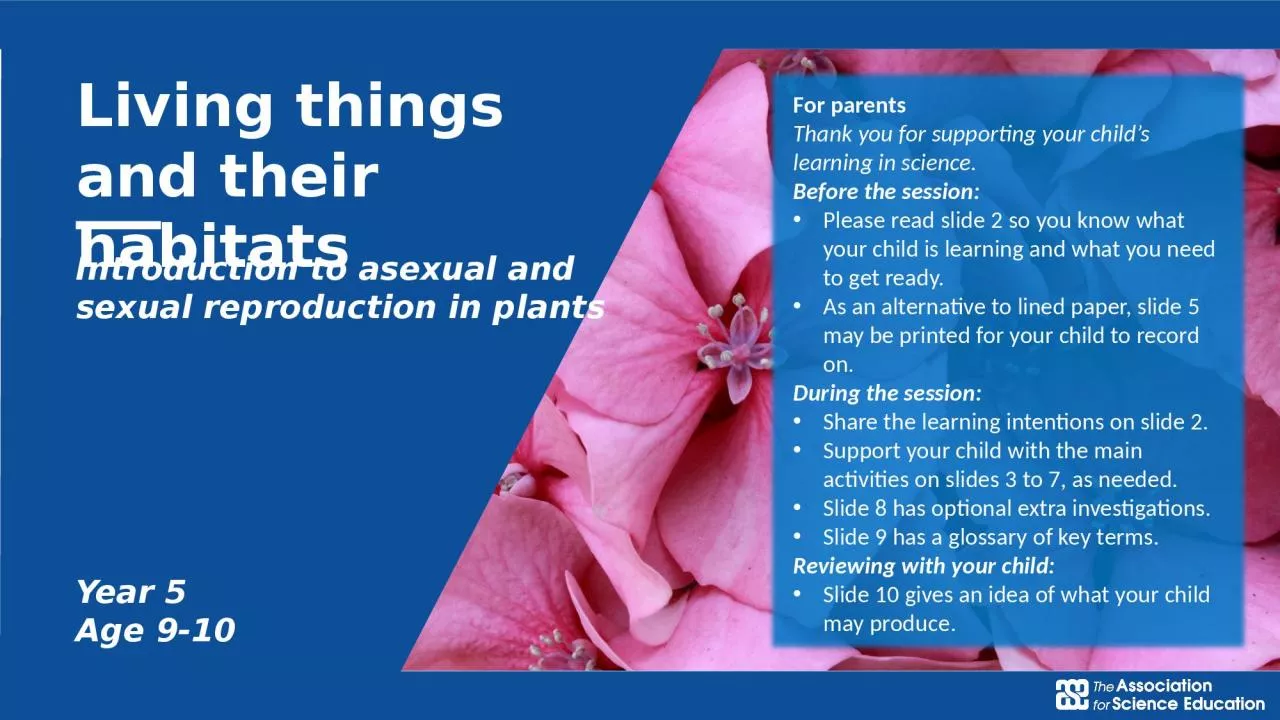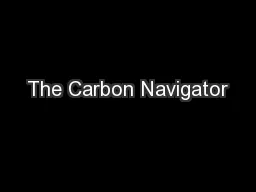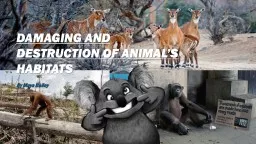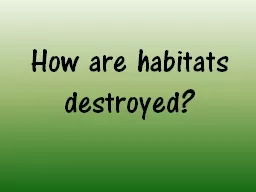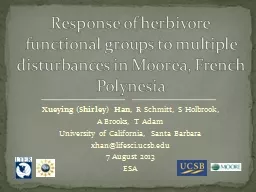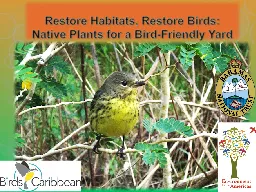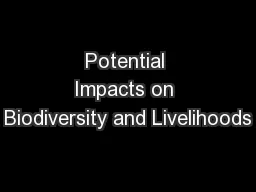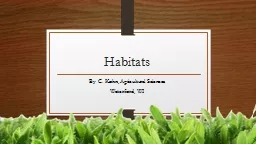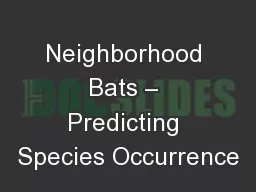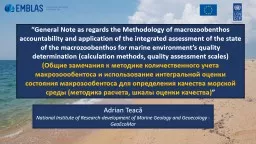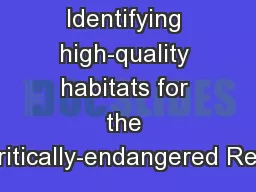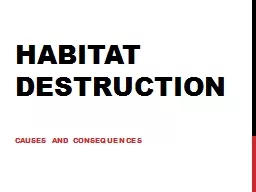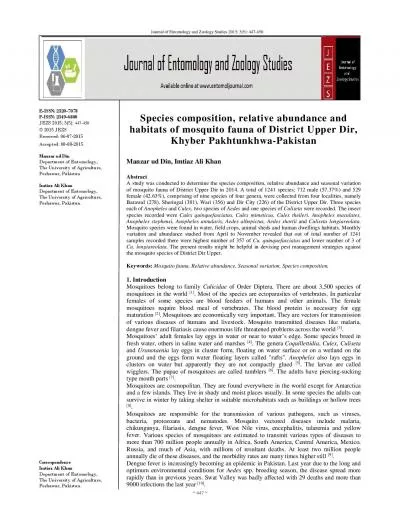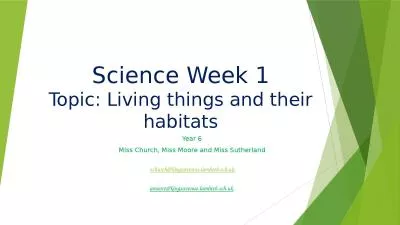PPT-Living things and their habitats
Author : joyce | Published Date : 2022-06-07
Introduction to asexual and sexual reproduction in plants Year 5 Age 910 For parents Thank you for supporting your childs learning in science Before the session
Presentation Embed Code
Download Presentation
Download Presentation The PPT/PDF document "Living things and their habitats" is the property of its rightful owner. Permission is granted to download and print the materials on this website for personal, non-commercial use only, and to display it on your personal computer provided you do not modify the materials and that you retain all copyright notices contained in the materials. By downloading content from our website, you accept the terms of this agreement.
Living things and their habitats: Transcript
Download Rules Of Document
"Living things and their habitats"The content belongs to its owner. You may download and print it for personal use, without modification, and keep all copyright notices. By downloading, you agree to these terms.
Related Documents

